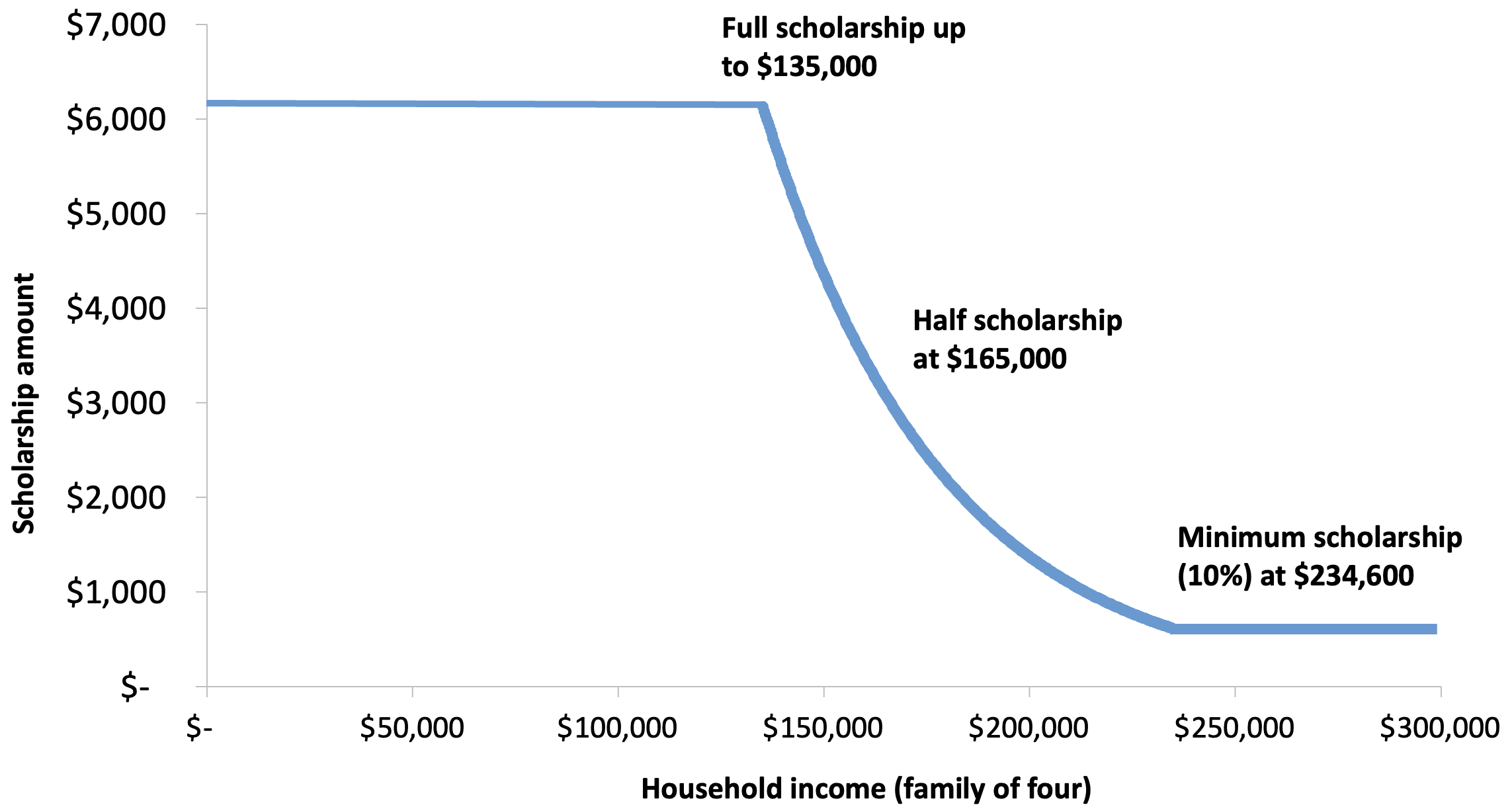News stories featured in Gadfly Bites may require a paid subscription to read in full. Just sayin’.
- Now this is more like it: Lots of clips today and, better yet, lots for me to say about them. First up is the announcement that an arts magnet school student won the Lima area Civics Bee competition last week. She probably had to design her own victory certificate too. (Lima News, 4/3/24)
- This seems OK, I guess. I mean, kids getting fresh (and free) new hairstyles ahead of state testing isn’t a bad thing. But surely the district’s slogan for the event should be the grammatically correct “test well”. Shouldn’t it? (Springfield News-Sun, 4/3/24)
- Per their desperate request, the State of Ohio has placed Mt. Healthy City School District under “fiscal emergency”—the highest level of financial oversight possible—effective immediately. We have noted previously that their projected deficit amount keeps changing (it’s $10.8 million today), but the bleeding stops now. (Well, within 120 days or so, given bureaucracy’s pace.) But if anyone in charge in that district thinks that “float a levy” is going to be the first, or even the 29th, option the oversight commission will recommend to solve the problem, I have some cryptocurrency y’all might be interested in. And it would be just as likely to come out to your benefit as another try at the ballot box would. (Cincinnati Enquirer, 4/5/24)
- OMG! Did you know there’s a public affairs program on TV news in Cleveland called “Ohio Has Issues”? (I know, right?!) The only thing more delightful than its title is its quirky format. The normally-authoritative news anchors are recast in the mold of Joe Regular and Jane Random, two normal folks (are they a married couple? neighbors? coworkers around the water fountain at Sherwin Williams?) chatting about something they read in the local print news. (In this case, it’s Laura Hancock’s recent pieces on the EdChoice voucher expansion from the PD/Cleveland.com.) The “so tell me all about X, of which I clearly know nothing,” interviews that follow are supposed to provide answers to whatever questions our proxy normals had after reading and discussing the perplexing news. I didn’t learn anything new from the interview with School Choice Ohio boss Eric “Yitz” Frank (except the origin of his nickname, which was revealed as part of a cringey ad-lib once Joe and Jane were back live), but Jane sure did: “Cleveland schools have had universal voucher eligibility for decades.” “Really?!” “And East Cleveland has too, for many years due to poor academic performance.” “Huh!” I could go on, but I think you know enough to either want to watch it all immediately—including the follow-up interview with Voucher-Groucher-in-Chief Bill Phillis (which was set up the same way but turned out very differently)—or to simply move on and try to forgive me for shattering your blissful ignorance of this show up until today. (WKYC-TV, Cleveland, 4/3/24)
- Boss Groucher is also on the opinion page of the Dispatch this morning, touting some of the same points against vouchers as above (the only ones they have, I think), but veering off on several other topics as well. (Columbus Dispatch, 4/5/24) I assume Bossman was at this in-person voucher groucher event too—held earlier this week in the highest-dollar, highest-performing school district in central Ohio (just sayin')—but he was not included among the interviewees. Don't worry though. They produced the proper talking points just fine on their own. (NBC4i, Columbus, 4/3/24)
Did you know you can have every edition of Gadfly Bites sent directly to your Inbox? Subscribe by clicking here.)










